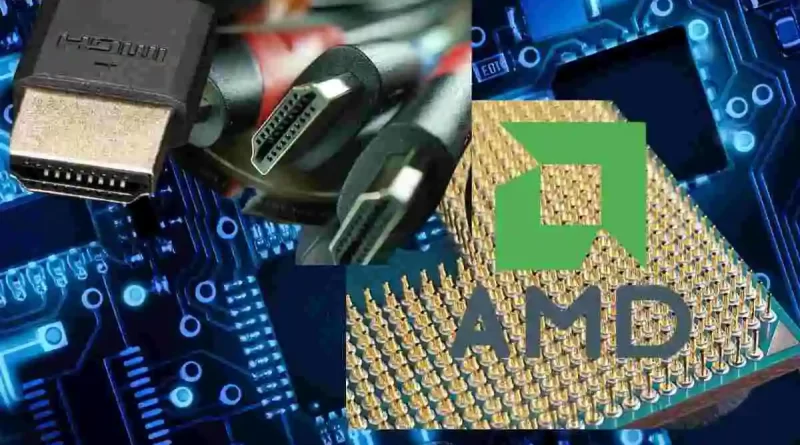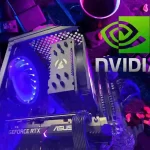AMD’s Lost Struggle with Linux HDMI 2.1 Features
AMD is a microprocessor and semiconductor device manufacturing giant, headquartered in Santa Clara, California. The company is highly popular for manufacturing semiconductor devices along with graphics processors, motherboard chips, and flash memories. It also has the distinction of producing a wide variety of hardware components that are used in everyday electronic goods.
The company recently tried to improve its open-source Linux graphics driver, AMDGPU, by adding HDMI 2.1 features such as 4K@120Hz and 5K@240Hz. This was done because it has been continuously struggling with a bug report that indicated the absence of 4K@120Hz and 5K@240Hz support through HDMI 2.1 for Linux users. There has been a huge uproar and discussion on this bug report on the Mesa GitLab of “4k@120hz unavailable via HDMI 2.1.“. This report has been lying there open for quite some time now, with tons of comments from the users.
The reason for this gap in 4K and 5K support was due to the HDMI forum restricting full public access to its vital specifications in 2021. But there was a reason for this restriction by the HDMI. They wanted to ensure that only genuine and authorized manufacturers and developers could access the technical details essential for implementing HDMI features for any product they manufacture.
Another reason was that the forum wanted the manufacturers to pay royalties to the developers of the respective technologies. Even though the benefit of this move was that the quality of the HDMI experience was constantly maintained, it also created a hindrance in the open-source driver support.
To counter this, the AMD and X.org Foundation started to work with the HDMI Forum so that a viable solution for an open-source implementation could be achieved. The legal team, along with the Linux engineers from the company, worked hard for months to access the HDMI features and determine whether they could be exposed in the open-source Radeon driver. They even reportedly, devised an internal code for this and were banking on the HDMI Forum to get the nod for it.
Unfortunately, their proposal was rejected by the HDMI Forum after months of development. This means that Linux users with newer Radeon graphics cards won’t be able to fully utilize HDMI 2.1-equipped displays.
This is a big blow to AMD, as it has already spent the engineering and prototyping code for HDMI 2.1+ features within its own open-source AMDGPU codebase. Linux blog Phoronix has already remarked that all the huge effort and the large investment of resources seem to have already been done and dusted.
The company has expressed disappointment in the Forum’s decision, stating that creating an open-source HDMI 2.1 implementation would violate HDMI Forum requirements.
HDMI support seems quite unlikely for the company, at least for the present time. While providing updates on the bug report, Alex Deucher, who is an engineer working for the company, was on record stating, “The HDMI Forum has rejected our proposal unfortunately. At this time an open source HDMI 2.1 implementation is not possible without running afoul of the HDMI Forum requirements.”
The Forum cited legal and compliance concerns related to the open-source distribution of the HDMI 2.1 specification.
This rejection highlights the challenges faced by open-source HDMI developers since the HDMI Forum restricted its specifications in 2021. Consequently, the latest HDMI features may not be available in open-source drivers. AMD suggests that Linux users seeking features like high-refresh-rate 4K gaming should switch to DisplayPort connections.
The minimum membership fee for the HDMI Forum is $15,000. Even though a listed member, that doesn’t necessarily mean that it will get to implement the specifications publicly. The general public does not appear to have access to either the member agreement that forbids such articles or an “addendum” that is available to members via a link from the Forum’s website.
For Windows users with AMD graphics, there’s no change, as they still have full HDMI 2.1 functionality. This difference points to a discrepancy in the open-source development environment and hints at potential tensions between AMD and the HDMI Forum. It likely hoped that creating open-source HDMI 2.1 drivers would boost its standing within the open-source community.
The future is uncertain for Linux users with AMD graphics who want to fully utilize next-gen HDMI 2.1 displays. Both the company and the HDMI Forum seem committed to their positions, leaving consumers with limited options.








